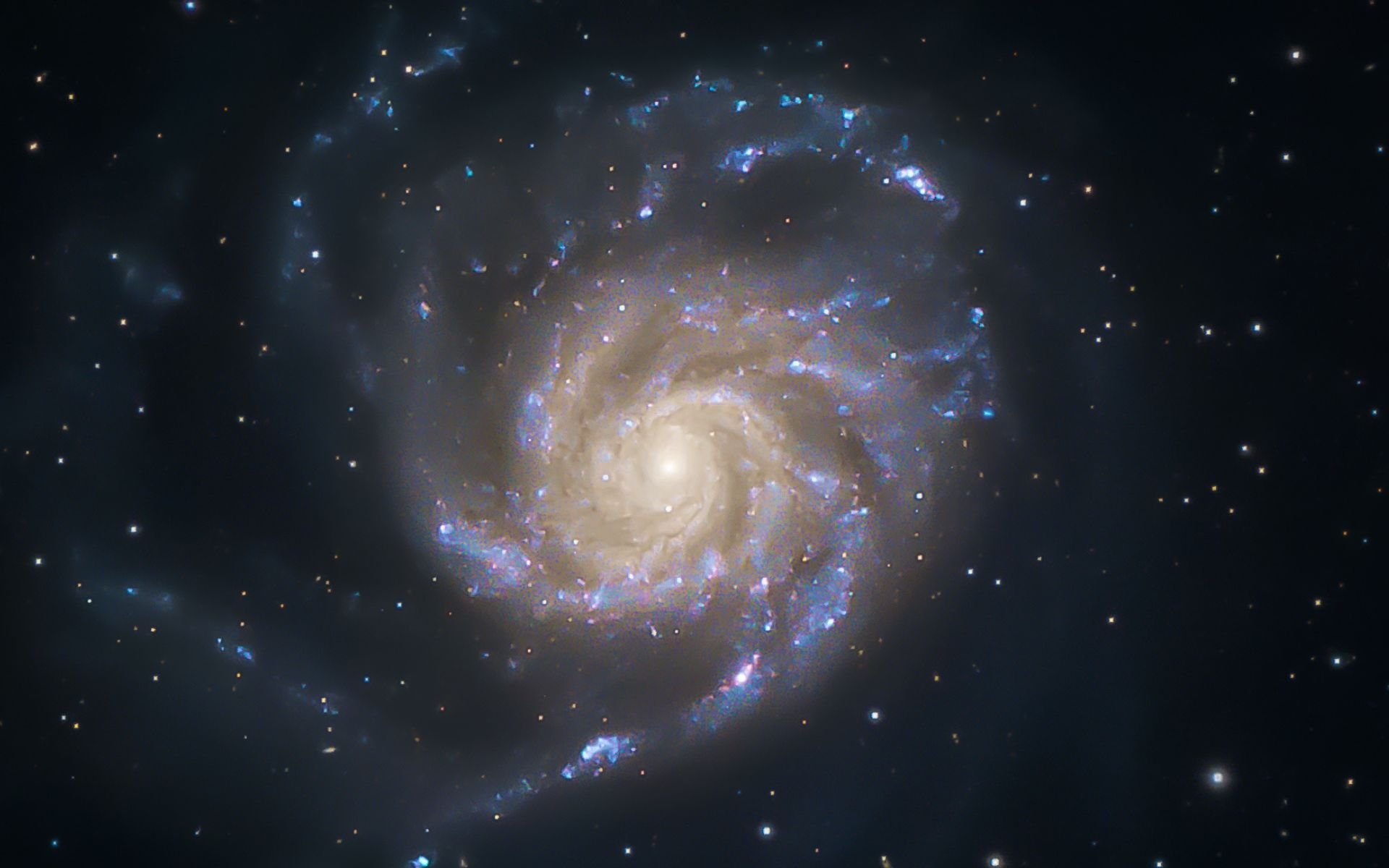A team of several students and professors from Harvard University in the United States A large ripple found in the Milky Way may be the largest cosmic structure ever detected, suggests. This phenomenon was named the Radcliffe Wave in honor of Harvard’s Radcliffe Institute, and researchers published a study detailing the characteristics of this phenomenon in the scientific journal Nature.
Scientists discovered this structure a while ago, but thought it was static. New research uses data from the European Space Agency’s (ESA) Gaia mission He used the technique of ‘3D dust mapping’ and managed to detect that the Radcliffe Wave oscillates during its journey through space.
Ralf Konietzka, one of the lead authors of the paper, says the team used the movement of baby stars formed in gas clouds during the Radcliffe Wave to prove that the structure is indeed fluctuating. The new discovery could increase astronomy’s understanding of the structure of our galaxy and explain a little more about the behavior of other galaxies.
“This is the largest coherent structure we know of, and it is very, very close to us. It’s always there. We didn’t know this because we couldn’t create these high-resolution models in 3D showing the distribution of gas clouds near the Sun,” Harvard Center for Astrophysics researcher Catherine Zucker said in a post on the website. Sky and Telescope.
Wave in the Milky Way
The Radcliffe Wave is a wave-shaped chain of gas clouds and may be one of the biggest discoveries about the Milky Way. HE It is located approximately 500 light-years away and has a length of more than 9 thousand light-years.
The research suggests that the movement of the wave is not caused by high amounts of dark matter, and that this is actually the case.The gravity of ordinary matter is responsible for this fluctuation.. According to the researchers, the study opens new avenues to learn more about the Radcliffe Wave in future papers on the subject.
“Using the motion of baby stars born in gas clouds during the Radcliffe Wave, we can show that the Radcliffe Wave does indeed fluctuate by tracking the movement of their birth gases. Theories about the existence of the wave range from explosions of massive stars called supernovae to disturbances outside the galaxy, such as a satellite dwarf galaxy colliding with our Milky Way.” said Konietzka, a student at the Institute of Arts and Sciences. Griffin of Harvard.
Did you enjoy learning more about our Milky Way? Therefore, continue to follow TecMundo on our website and social networks. If you want, take the opportunity to discover how waves from the oldest spiral galaxy may answer the mysteries of the Milky Way.
Source: Tec Mundo
I’m Blaine Morgan, an experienced journalist and writer with over 8 years of experience in the tech industry. My expertise lies in writing about technology news and trends, covering everything from cutting-edge gadgets to emerging software developments. I’ve written for several leading publications including Gadget Onus where I am an author.











